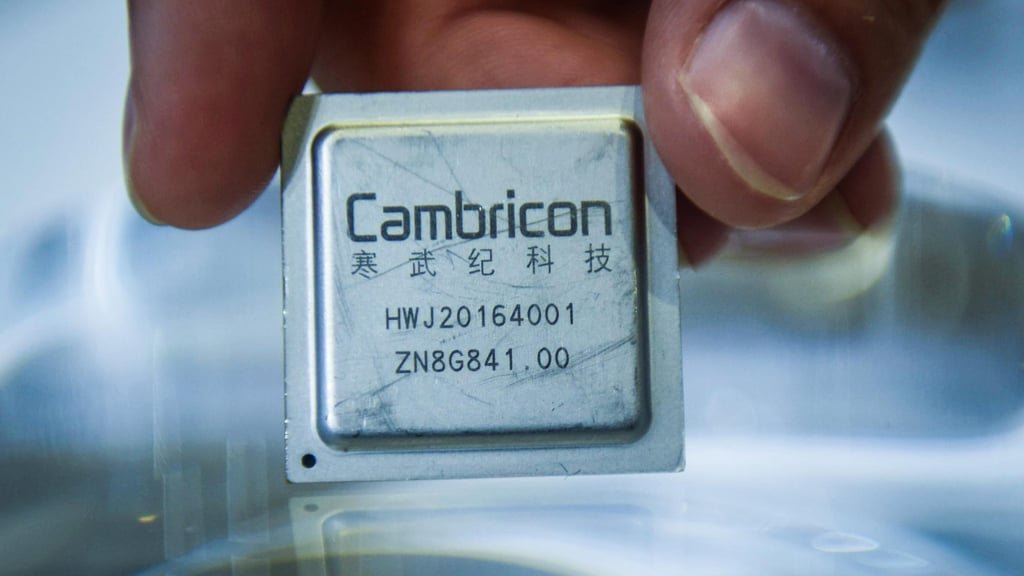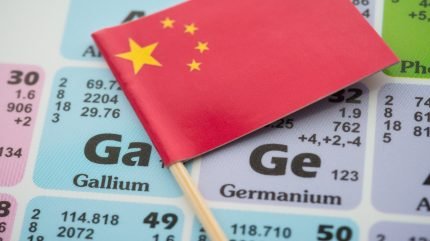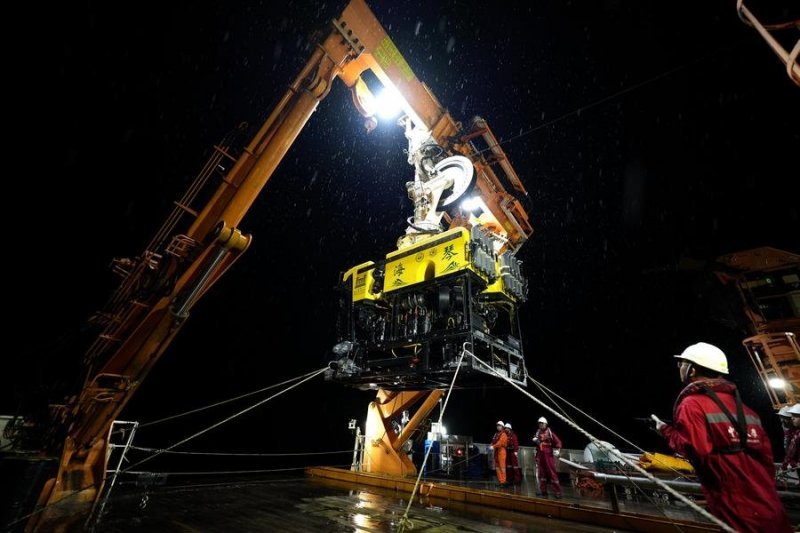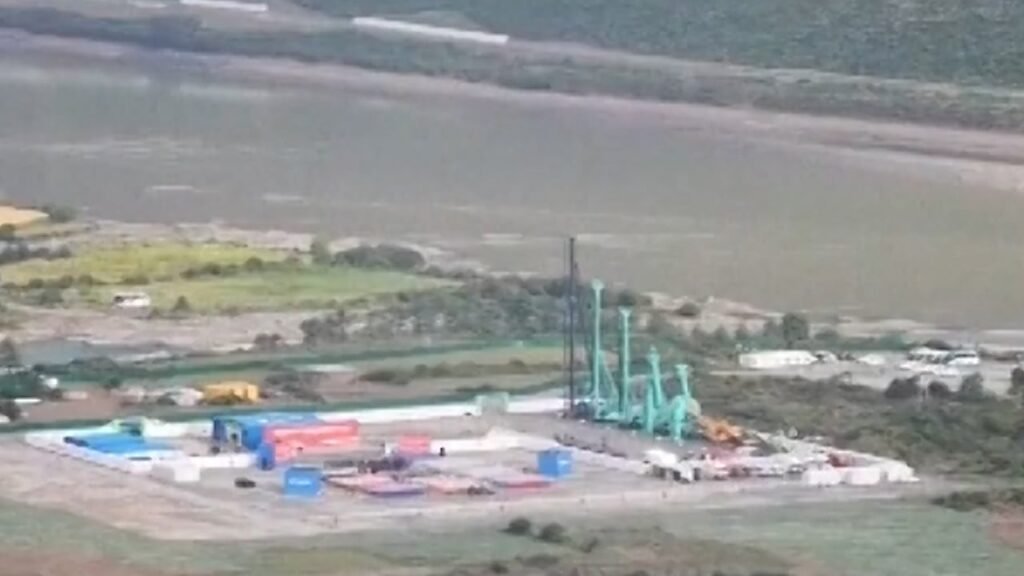
The U.S.-China tech rivalry has reshaped the semiconductor landscape, and TSMC (TSMC:TW) stands at the epicenter of this transformation. As the world’s largest contract chipmaker, TSMC’s ability to navigate geopolitical headwinds while capitalizing on surging AI demand will define its long-term growth trajectory. With U.S. export controls tightening and China accelerating self-reliance, TSMC’s strategic recalibration—coupled with its dominance in advanced node manufacturing—positions it as a critical player in the global AI arms race.
Geopolitical Realignment and Supply Chain Resilience
TSMC’s decision to phase out Chinese equipment from its 2nm production lines in 2025 reflects a proactive alignment with U.S. policies like the Chip EQUIP Act. By ensuring compliance with export restrictions, TSMC secures access to U.S. subsidies and maintains its foothold in high-end markets. This move also mitigates risks from potential supply chain disruptions, as China’s push for self-sufficiency—led by SMIC and state-backed R&D—threatens to fragment global semiconductor trade.
The company’s expansion into the U.S., Japan, and Europe further underscores its commitment to diversification. Investments in Arizona and Kumamoto, for instance, not only align with U.S. and Japanese incentives but also reduce exposure to China-centric risks. While these expansions dilute short-term margins (TSMC’s gross margin dipped to 58.6% in Q2 2025 due to foreign exchange and capital expenditures), the long-term payoff lies in geopolitical stability and access to critical markets.
AI-Driven Revenue Surge and Technological Leadership
TSMC’s financial performance in Q2 2025 highlights its dominance in the AI chip sector. Revenue hit NT$933.80 billion ($31.7 billion), with 60% of total revenue coming from high-performance computing (HPC) and AI applications. This segment’s 14% sequential growth—driven by demand for 5nm and 3nm chips—underscores TSMC’s role as the backbone of AI infrastructure.
The company’s advanced process technologies (7nm and below) accounted for 74% of wafer revenue, with 5nm and 3nm nodes contributing 36% and 24%, respectively. TSMC’s upcoming gate-all-around (GAA) N2 process, expected to enter volume production in late 2025, promises a 10–15% speed boost and 25–30% power reduction, further solidifying its lead in AI and HPC. Analysts project that AI-related chips will grow to $500 billion by 2028, a market TSMC is uniquely positioned to capture.
R&D and Innovation: A Long-Term Edge
While TSMC has not disclosed 2025 R&D figures, industry trends suggest its spending remains aggressive. The global semiconductor sector’s R&D investment has risen to 52% of EBIT in 2024, up from 45% in 2015. TSMC’s focus on 2nm, A16, and A14 logic nodes, alongside advanced packaging like CoWoS, ensures it stays ahead of Moore’s Law. Its 3DFabric® technology, which enables 3D integration for AI chips, is expected to scale to 70,000 wafers per month by 2026, addressing the industry’s need for higher performance and efficiency.
Long-term, TSMC is exploring novel materials, low-resistance interconnects, and non-volatile memory technologies. These innovations, coupled with collaborations with academic and industry partners, position the company to lead in next-generation applications like 5G, IoT, and quantum computing.
Risks and Mitigation Strategies
The U.S.-China rivalry introduces volatility. Export curbs could limit TSMC’s access to Chinese markets, while China’s self-sufficiency efforts—such as Peking University’s 2D transistor breakthrough—pose competitive threats. However, TSMC’s technological moat and strategic partnerships with Apple, NVIDIA, and AMD provide a buffer. Its strong balance sheet (NT$2.6 trillion in cash and marketable securities) also allows for aggressive R&D and capacity expansion.
Investment Thesis
TSMC’s strategic alignment with U.S. policies, technological leadership, and AI-driven demand make it a compelling long-term investment. Despite near-term margin pressures, its 30% revenue growth guidance for 2025 (in USD terms) and expanding market share in AI chips justify a bullish outlook. Investors should monitor its ability to navigate geopolitical shifts while maintaining its R&D edge.
Recommendation: Buy for long-term growth, with a focus on AI and HPC tailwinds. Hold for short-term volatility linked to U.S.-China tensions.
In a world where semiconductors are the new oil, TSMC’s ability to adapt and innovate ensures it remains a cornerstone of the AI era. For investors, the company’s resilience and vision offer a rare blend of stability and high-growth potential.


![[News] TSMC Reportedly Eliminates Chinese Equipment Use in 2nm Production as U.S. Rules Loom](https://koala-by.com/wp-content/uploads/2025/08/TSMC-WAFER-NO6-624x416.jpg)




